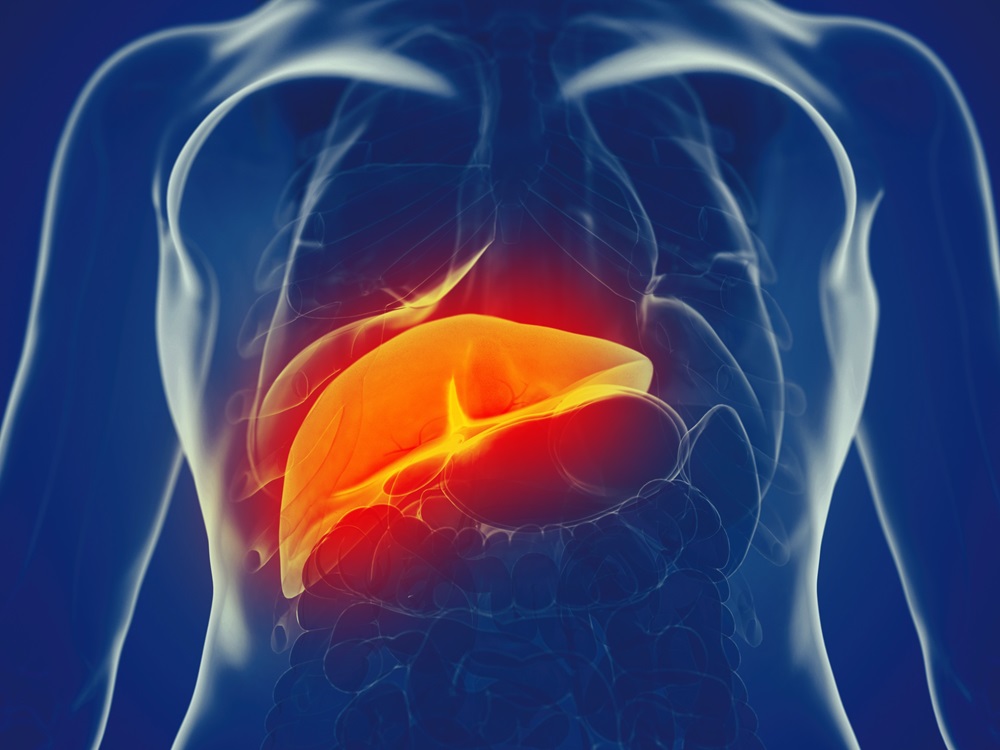Ultrasound Molecular Imaging Advances Noninvasive Diagnosis of NASH
Posted on 23 Jan 2024
Non-alcoholic fatty liver disease (NAFLD), recently rebranded as metabolic dysfunction-associated fatty liver disease (MAFLD), encompasses a range of conditions from non-alcoholic fatty liver (NAFL) to non-alcoholic steatohepatitis (NASH). The most reliable method for diagnosing NASH has been invasive liver biopsy, evaluating histopathological features like liver steatosis, ballooning, and lobular inflammation. Despite its accuracy, liver biopsy has limitations, including sampling bias, low acceptance among patients, and the risk of complications. Existing clinical imaging methods like ultrasound and magnetic resonance imaging (MRI) can detect or quantify liver steatosis but fall short in distinguishing between NASH and NAFLD. This underscores the need for noninvasive markers that can effectively indicate the histologic characteristics of NASH.
Researchers from Sun Yat-sen University (Guangdong, China) have advanced a novel approach known as sequential ultrasound molecular imaging (USMI). for identifying NASH by visualizing hepatic steatosis and inflammation. In this study, they employed specific microbubbles (MBs) targeting CD36 and ICAM-1 separately, rather than using dual-targeted MBs. This strategy enables the differentiation of the sources of the signals, whether stemming from steatosis or inflammation and identifies which pathological change is predominant. CD36 is associated with liver steatosis, while increased ICAM-1 levels are linked to the progression of liver inflammation. Therefore, quantitatively visualizing hepatic CD36 and ICAM-1 could provide critical insights into the severity of hepatic steatosis and inflammation. This research marks a significant stride towards achieving the ultimate goal of developing a reliable, noninvasive method for NASH detection.

“As a noninvasive diagnostic tool, this strategy has the potential to assist in clinical therapeutic decision-making and contribute to drug development for NASH,” said Tinghui Yin, lead author of the study. “Furthermore, among various sequential USMI-based diagnostic models, the serial testing model showed high diagnostic performance in detecting NASH, with 95% sensitivity, 97% specificity, 95% positive predictive values, 97% negative predictive values and 96% accuracy.”
Related Links:
Sun Yat-sen University













